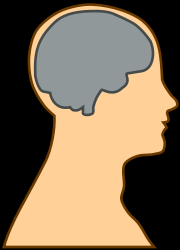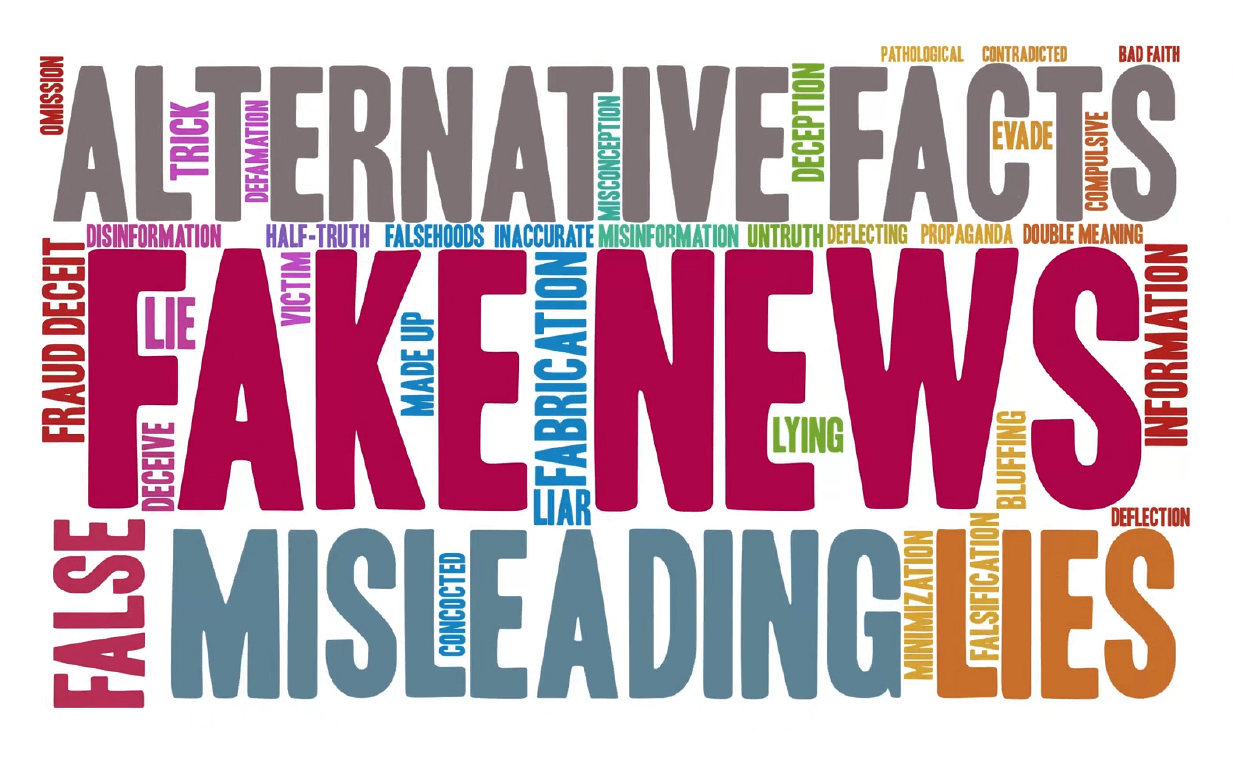 Sedona AZ (November 26, 2013) – Midst the nationwide marijuana myth vs. fact controversy, a recent scientific study provides concrete evidence that using the drug marijuana lowers IQ. This is just one of the little known facts that will be the topic of the “Marijuana Harmless? THINK AGAIN” presentation on Tuesday, December 3, 2013, at 7:00 PM at the Sedona YMCA.
Sedona AZ (November 26, 2013) – Midst the nationwide marijuana myth vs. fact controversy, a recent scientific study provides concrete evidence that using the drug marijuana lowers IQ. This is just one of the little known facts that will be the topic of the “Marijuana Harmless? THINK AGAIN” presentation on Tuesday, December 3, 2013, at 7:00 PM at the Sedona YMCA.
The long-term study confirmed marijuana use by teens harms their developing brain. The study showed that youth who used marijuana heavily in their teens and continued through adulthood had a significant drop in IQ between the ages of 13 and 38-an average of an 8 point drop.
Sedona Police Chief Raymond Cota will make opening remarks at the presentation, emphasizing the seriousness of the health and safety risks. Sheila Polk, Yavapai County Attorney and MATFORCE Co-Chair, will be the presentation speaker. Polk’s vast knowledge and background sheds new light on this topic that is especially important for parents.
Dr. Lisa Hirsch, Principal of West Sedona School, said, “County Attorney Polk’s presentation of the facts and the focus on the health of our kids is first rate. I have seen the presentation and learned more than I thought I could in one presentation. It is vital that kids, parents and community members understand what the future holds by coming to this presentation.”
Cota said “It is extremely important that parents have a better understanding of the harms that marijuana poses to youth and young adults. It sometimes can be easy to just accept that because many states have allowed its use for medical purposes that it is safe. This presentation will provide parents clear information that they can use to have open discussions with their children, whether they are 10 years old or 20 years old, about marijuana usage and the harms it can bring to their lives.”
Visit marijuanaharmlessthinkagain.org/ for more information.



I have some feedback, with citations, to the presenters and organizers, about some of the things that were said at this event. I found the presentation to actually be quite good, with a few exceptions, up until the end, when it became propaganda for prohibition. Jim, if you could deliver this to the primary speaker, you’d have my gratitude.
I would first ask that Matforce refrain from assuming correlation equals causation. It was said that cannabis use causes schizophrenia, cannabis use causes use of other drugs, and that cannabis causes “amotivational syndrome.” Causation has not, and likely cannot, be proven in any of these cases. The NIMH says, “people who have schizophrenia are much more likely to have a substance or alcohol abuse problem than the general population.”(http://www.nimh.nih.gov/health/publications/schizophrenia/index.shtml) Note that they do not imply causation. It is unknown if cannabis causes schizophrenia, or if schizophrenics are simply more prone to drug usage. The same can be said with the “gateway theory” (though I do applaud you for not using that term), and this so-called “amotivational syndrome.”
Your explanation of this “amotivational syndrome” was my second problem. Fact checking it at the event I found an excerpt from ‘Drugs and Behavior’ by William A. McKim on Erowid.org(http://www.erowid.org/plants/cannabis/cannabis_myth17.shtml), I will just quote that book here:
“In one survey[2] a sample of almost 2000 college students was studied. There was no difference in grade point average and achievement between marijuana users and nonusers, but the users had more difficulty deciding on career goals, and a smaller number were seeking advanced professional degrees. On the other hand, other studies have shown lower school averages and higher dropout rates among users than nonusers. In any case these differences are not great. If there is such a thing as amotivational syndrome, its affects appear to be restricted to a few individuals, probably the
small percentage who become heavy users.”
I also had problems with the speaker’s statements that cannabis is “25% THC.” I came up with a statistic that THC generally only makes up about 50% of Cannabis’s psychoactive mixture by mass, with about 50% of the mixture being CBDs. Fact checking myself, I found that the information I based that off of was anecdotal. Fact checking your information, I found the same thing. You cited an estimate from someone who was selling cannabis in a dispensary, with an obvious conflict in interest. Of course they would want to say that their product was the best. NIDA, who you told me to reference, actually says, “estimates from confiscated marijuana indicated that it contains almost 10 percent THC, on average,” on their website for teenagers (http://teens.drugabuse.gov/drug-facts/marijuana).
Finally, when you began arguing for illegalization, you completely stopped referencing anything that anyone could refer to as “facts.” You stated that drugs should not be legalized because alcohol and tobacco cost more than they make in taxes. Were you implying the prohibition of alcohol was correct? Even assuming that your facts were correct, which I don’t doubt, cannabis currently nets the government a grand total of 0 tax dollars, and there are costs of incarceration, law enforcement, and all of the costs that you listed off, such as public health. The current situation is much worse fiscally than if it were legal, even if legalization would not end all the financial problems that drugs cause.
Then you went on to say that drug use has dropped since prohibition began (in 1986, the Anti-Drug Abuse Act was passed, which many consider to be the “beginning” of modern prohibition). The CDC, Popular Science, and the Bureau of Justice Statistics would all seem to disagree with you:
http://www.cdc.gov/mmwr/preview/mmwrhtml/mm6101a3.htm (See FIGURE 1. Rate* of unintentional drug overdose deaths)
http://www.bjs.gov/content/dcf/enforce.cfm (This site shows that drug arrests have been steadily rising)
http://www.popsci.com/science/article/2013-04/which-drugs-actually-kill-americans (this shows drug overdose deaths, attributing over 1/3 of deaths to legal drugs, but also showing a rise in drug overdoses on illicit drugs)
Charts on those three pages show drug overdoses rising in sync with increases in arrests for drug possession and dealing.
You also stated that “less than 1% of our prison population is incarcerated for solely marijuana.” I don’t know if you made that up, or if you had a source, but if you did have a source, it likely ignored that nearly everyone charged with drug possession is also charged with paraphernalia, and did not count those charged with both. Any container used to store illicit drugs is considered paraphernalia under our current laws.
According to the BJS, which I referenced earlier, 47% of the 1,841,200 arrested for drug possession are cannabis offenders. (http://www.bjs.gov/content/dcf/enforce.cfm) The default charges for cannabis possession, according to the Arizona Revised Statutes, 13-3405, are all felonies (requiring a minimum of a one year prison sentence). (http://www.azleg.gov/FormatDocument.asp?inDoc=%2Fars%2F13%2F03405.htm&Title=13&DocType=ARS)
On a first time offense, offenders sometimes are applicable to have their offenses delegated to misdemeanors. However, the US has a 66% recidivism rate within 3 years. (http://www.bjs.gov/content/reentry/recidivism.cfm) This means that even if they are lucky enough to not get charged with a felony for a small amount of cannabis, 66% of the time they will be charged with a new offense within 3 years, and they will be charged with a felony for a second offense.
It was claimed that this event would be an educational seminar on marijuana, intended to increase awareness and start conversations, however I found that it left a bitter taste in my mouth. I do believe that cannabis is far from harmless. All drugs have their risks, and their rewards, and potential users need to compare these for themselves, and make their own educated decisions. I don’t believe truthfully informing the community without bias was the intention of this presentation. The intention seemed to be to scare parents into believing that cannabis is seriously harming their children and that if cannabis is legalized, children will have easy access to it. Currently children and teenagers rate cannabis as the easiest drug to get, easier than alcohol or tobacco. Dealers do not care who they deal to, but smoke shops and liquor stores do. If you want to keep cannabis out of the hands of children, legalization is the clear choice.
NIMH · Schizophrenia http://www.nimh.nih.gov
A detailed booklet that describes symptoms, causes, and treatments, with information on getting help…
Nice reporting & comments.
I wasn’t going to post here again, but I came across an anti-drug, fact based article that did what Matforce claims to do. goo.gl/abeJsf